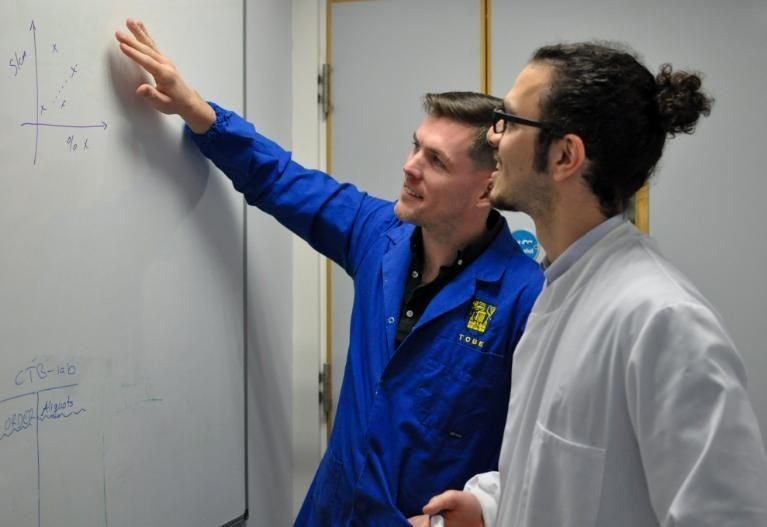The method correctly categorizes macrophage states, which is crucial since these cells can alter their behavior and function as either pro- or anti-inflammatory agents during an immune response. The work has a range of research implications as a result, and it has the potential to have a significant social influence in the future.

Image Credit: Trinity College Dublin
For instance, drug developers aiming to develop treatments for diseases and auto-immune conditions including diabetes, cancer, and rheumatoid arthritis—all of which are impacted by cellular metabolism and macrophage function—could find this new method useful.
This new information could be utilized as a diagnosis tool or to highlight the importance of a specific cell type in a disease setting since categorizing macrophages allows researchers to immediately discriminate between macrophage states—based only on their metabolic reaction under specified conditions.
Michael Monaghan, an Associate Professor of Biomedical Engineering at Trinity, was the lead researcher on the ground-breaking study, which employed human macrophages in its trials. The research, which involved immunologists, biomedical engineers, and computer scientists, has just been published in eLife, a prestigious journal.
Currently, there are no other methods that employ artificial intelligence-based, machine learning approaches to macrophage classification. A number of different techniques are currently used to classify macrophages, but all of these have significant drawbacks.”
Michael Monaghan, Associate Professor, Biomedical Engineering, Trinity College Dublin
He added, “Our method uses a 2-photon fluorescence lifetime imaging microscope (2P-FLIM), which is unique to Trinity and to Ireland. 2P-FLIM does not require sample pre-treatment, can be used to follow changes in metabolism non-invasively and in real-time – which opens the door to tracking disease progression and/or physiological response to therapies—and it also requires a lower number of cells compared with conventional techniques.”
Nuno Neto, a PhD student in the School of Engineering, stated, “It is becoming increasingly clear that to solve many of society’s greatest problems, we need to take multi-disciplinary approaches to harness the expertise of people working in different field. Trinity is rightly known as a leader in immunometabolism research, with many of our scientists focusing on how it regulates immune cell response, and how immune cell metabolism is impacted in diseases.”
Neto further added, “This study benefits from that expertise, but also bridges the use of advanced computer science approaches and utilizes an advanced microscope from the Biomedical Engineering Department with a regime never reported previously. It thus serves as a prime example of inter-departmental collaboration in a multidisciplinary field.”
Source:
Journal reference:
Neto, N. G. B., et al. (2022). Non-invasive classification of macrophage polarisation by 2P-FLIM and machine learning. eLife. doi.org/10.7554/eLife.77373